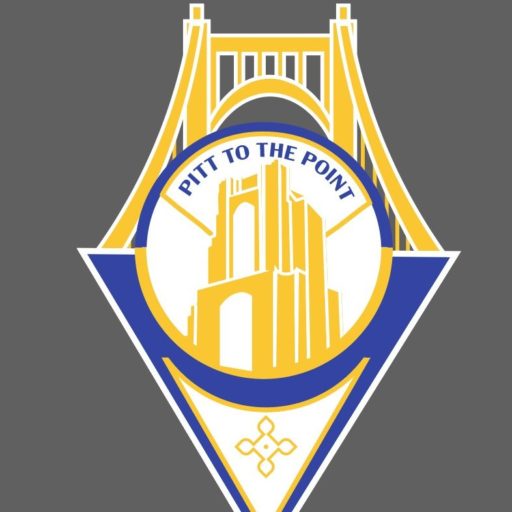PITTSBURGH (PTTP) — In a building next to the Manor Theater in Squirrel Hill, there is an artist at work, and its name is Framework and Robotics Initiative for Developing Arts (FRIDA). FRIDA, a robotic arm with a paintbrush taped to it, uses artificial intelligence (AI) to create works of art. The robot was named after legendary Mexican artist Frida Kahlo, and the collaborators on the project make sure that it is known.
FRIDA was created by 2017 Pitt graduate, Peter Schaldenbrand, who is now a Ph.D. student at Carnegie Mellon’s Robotics Institute. His faculty collaborators are Jean Oh and Jim McCann. When asked about his inspiration for the project, Schaldenbrand responded, “I really like art and I have trouble engaging with it. I find I have lack of time, skill, and training, but I’m also interested in science, so I wanted to develop some tools to help people like me engage with art and help get these ideas out into the world, even though I may not have the training or the expertise in that way.”
FRIDA is capable of making impressionistic paintings from photographs, texts, and music. Schaldenbrand went into detail about how FRIDA uses AI to paint, explaining, “We use machine learning mostly, which is kind of like a part of AI where you’re getting the machine to learn from data. We use it for a few different tasks; one of them is creating a simulation, so we want to predict what the painting will look like, given the instructions to the robot. We can use machine learning to model the relationship between the robot’s motion and the appearance of the painting.
FRIDA is still painting away in Squirrel Hill. You can check FRIDA out on Twitter, @FridaRobot, or on Peter Schaldenbrand’s website, https://pschaldenbrand.github.io/frida/

Image credits: Amelia Pearson

